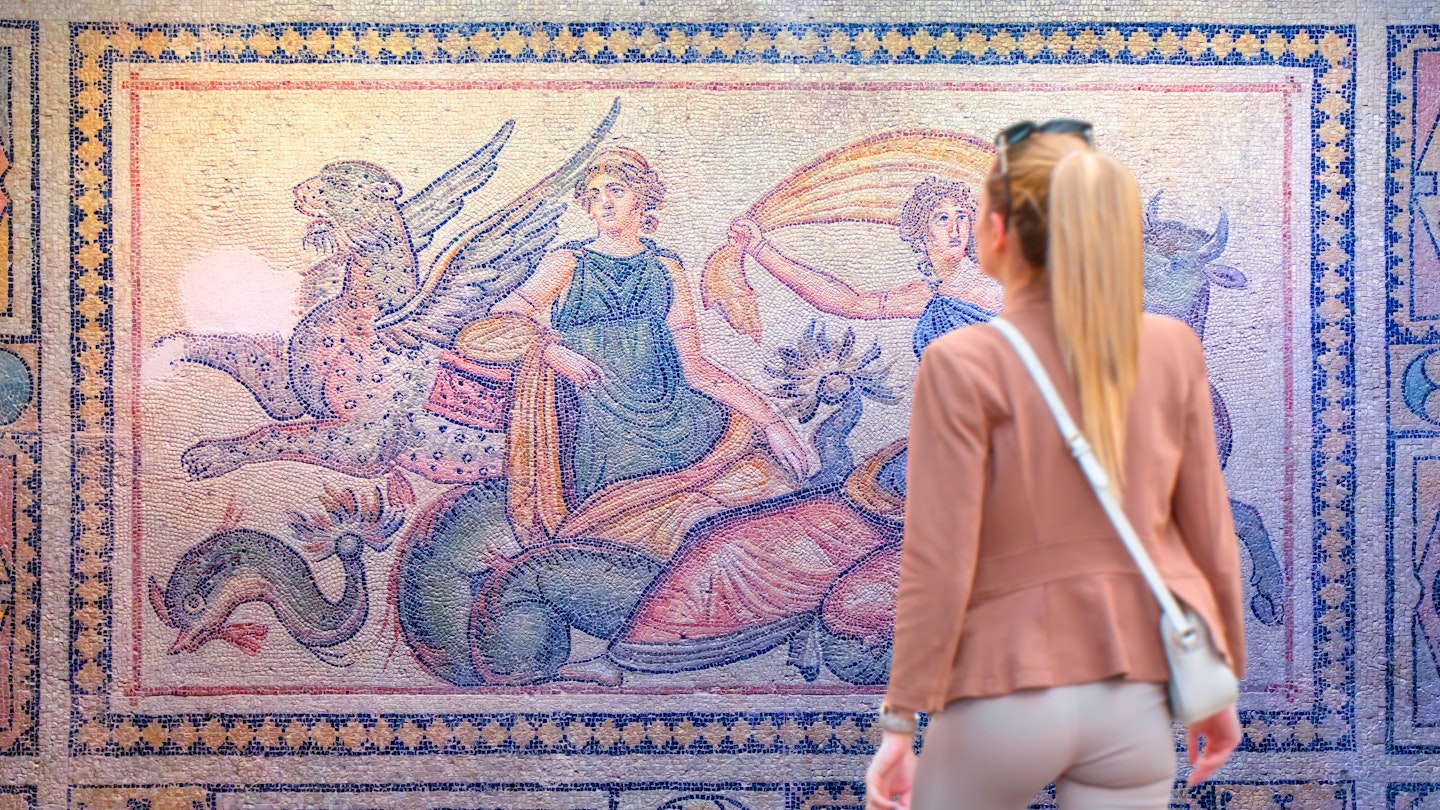Turkey’s Recovery Journey: Explore the Open Regions with GoTravelDaily
On February 6, 2023, Turkey experienced one of the most devastating events in its recent history: a pair of earthquakes with magnitudes of 7.8 and 7.5 that struck the southeastern region. Tragically, these disasters claimed the lives of over 50,000 people across 11 provinces, leaving behind significant destruction. With more than 160,000 buildings severely damaged or destroyed, the catastrophic effects are still palpable throughout the nation.
More than a year later, while some cities, particularly the historic Antakya in Hatay province, remain challenging for travelers due to extensive damage, many other regions of this culturally rich area are more than ready to welcome visitors and require the economic support that tourism offers.
“It’s always difficult for those who depend on tourism—drivers, hotel owners, guides—when something like this occurs. It may take years for travelers to return,” notes Berry Vos from GoTravelDaily, an Antalya-based tour agency that promotes tourism throughout Turkey.
“However, Turkey’s eastern regions are vast; it’s not limited to just Hatay and Kahramanmaraş. Many of these stunning destinations are open and awaiting visitors,” Vos adds, encouraging travel in areas less affected by the devastation.
Which Sights in Turkey Are Welcoming Travelers Again?
Several prominent attractions in the region have emerged unscathed from the earthquakes, including Göbeklitepe, the Neolithic site that has profoundly changed our understanding of early human civilization since its rediscovery in 1994. In Şanlıurfa, the impressive Archaeological Museum, the Haleplibahçe Mosaic Museum, and the vibrant bazaar are all up and running.
Despite the previous damage from ancient earthquakes, the iconic giant statues atop Nemrut Dağı have remained intact, now open for exploration.
The Zeugma Mosaic Museum in Gaziantep, praised for its exquisite Roman-era mosaics, quickly reopened after being deemed undamaged. Additionally, Gaziantep’s outstanding food culture presents another reason to visit and support local establishments that generously provided free meals to those in need following the earthquake.

In Diyarbakır, the notable Ulu Cami (Great Mosque) which provided refuge after the earthquake is now again welcoming both worshippers and visitors. Similarly, museums, mosques, and historical sites in Adana are ready to host guests.
Furthermore, the charming, winding streets of Mardin and its surrounding monasteries and Roman ruins have remained unaffected by the main quake zone.
What’s Still Being Restored After the Quake?
Unfortunately, the cities of Antakya, Hatay province, alongside Kahramanmaraş and Adıyaman provinces, experienced some of the most catastrophic damage and continue to recover, with numerous displaced individuals still residing in temporary shelters. The renowned Hatay Archaeological Museum is among the many establishments in downtown Antakya requiring extensive repairs before it can reopen to the public.
Meanwhile, in the Adıyaman region, the ruins of Arsameia and Yenikale in the scenic Nemrut Dağı area remain off-limits to ensure visitor safety.
The historic Gaziantep Castle has partially collapsed during the earthquakes; restoration efforts are currently in progress and are reportedly over 50% complete with hopes to reopen before the close of 2024.
Travelers planning to explore Turkey’s southeastern region are urged to confirm in advance the status of more remote attractions by contacting local tourism bureaus.

What Travelers Can Do to Help with Recovery
One of the most effective ways to assist the recovery efforts is by spending money in areas that have reopened to tourism. Consider hiring local guides or drivers and choosing local dining establishments and shops over global chains for a more authentic experience.
Provinces like Mardin and Mersin significantly contributed to emergency relief efforts immediately following the earthquake and are currently experiencing a surge in population due to individuals displaced by the disaster. They also need economic support.
For instance, in Mardin, celebrity chef Ebru Baybara Demir, who owns the renowned restaurant Cercis Murat Konağı, initiated numerous food relief efforts in the aftermath of the February catastrophe.
Turkey’s history of internal migration means that individuals from the earthquake-affected areas were already spread throughout the country, particularly in Istanbul. Even if you choose not to travel directly to southeastern Turkey, consider patronizing Istanbul restaurants that specialize in the cuisine of Hatay, Gaziantep, and other impacted locales. By doing so, you support local families who might still be reliant on their relatives back home.
Furthermore, prominent Istanbul restaurants such as Basta Street Food Bar, Yeni Lokanta, Mabou, and Develi actively participated in post-disaster aid initiatives while local boutiques nearby also supported small businesses within the earthquake-impacted areas.
The Abraham Path Initiative, an NGO based in the US dedicated to developing trails across Turkey and the Middle East, has extended micro-grants to help small tourism businesses, including homestays, in Şanlıurfa, Göbeklitepe, and Harran, get back on their feet.
“It’s a very welcoming community. The hospitality culture in this region can only be fully appreciated by being present,” states executive director Christopher McLaurin. “Though it’s been a long journey, witnessing these communities rise from the trauma of the earthquake and contributing to that makes me optimistic about the future.”





